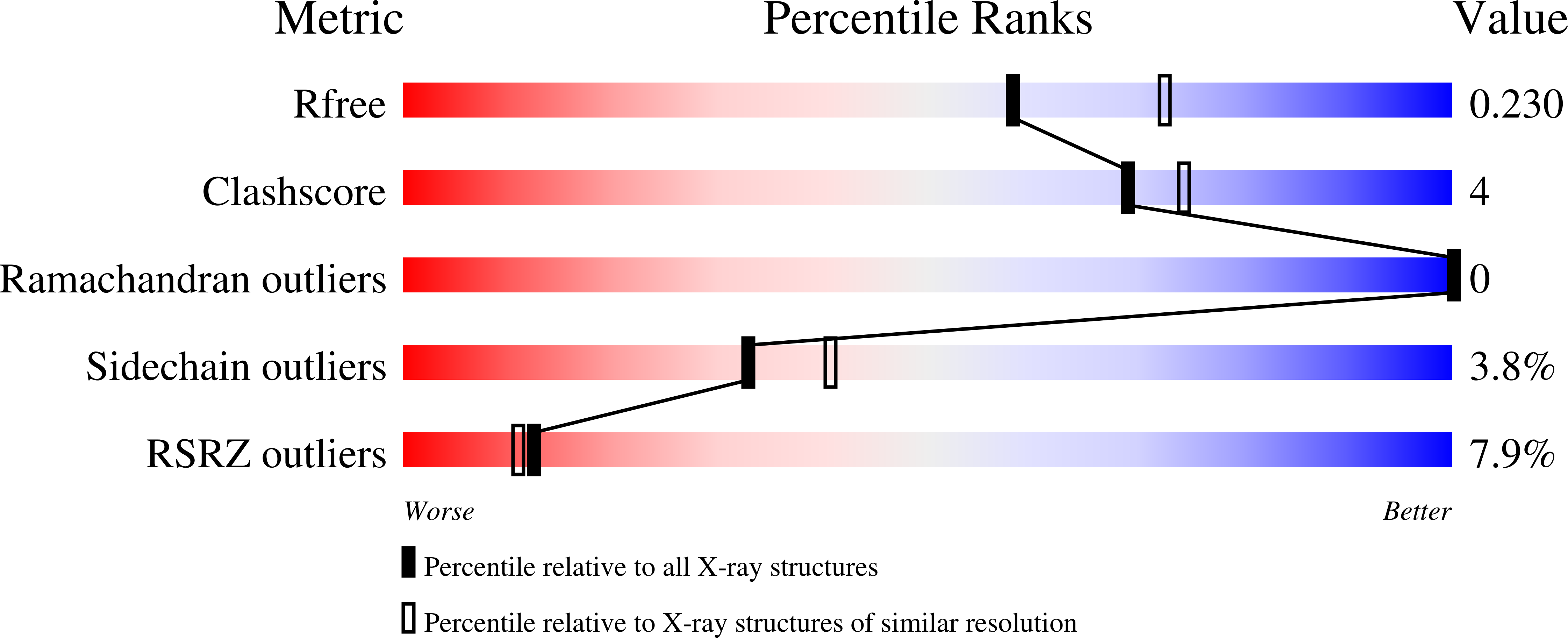
Deposition Date
2020-10-24
Release Date
2021-12-01
Last Version Date
2024-11-06
Entry Detail
PDB ID:
7KIU
Keywords:
Title:
Structure of recombinant human DNase1L3 in complex with Mg2+
Biological Source:
Source Organism:
Homo sapiens (Taxon ID: 9606)
Host Organism:
Method Details:
Experimental Method:
Resolution:
2.22 Å
R-Value Free:
0.23
R-Value Work:
0.19
R-Value Observed:
0.19
Space Group:
P 1


